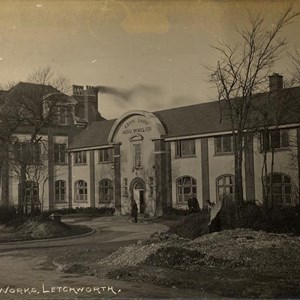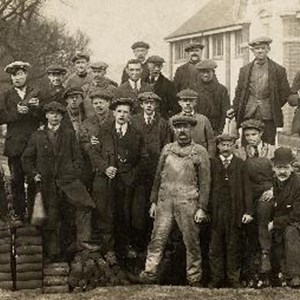The outbreak of the First World War in 1914 tore apart the lives of civilians across Belgium and France whose lives were turned upside down in the wake of the German advance. The start of the war saw an influx of refugees into Britain from Belgium. In September 1914 the British government offered 'victims of war the hospitality of the British nation.
The Belgian refugees, who totalled over a quarter of a million people, were the largest refugee movement in British history. Towns across Hertfordshire became home for many of these refugees for the four-year period of the war.
Letchworth
Over the course of the war Letchworth became one of the key centres for refugees in Hertfordshire and the county as a whole. This was largely due to the influence of three refugees who arrived in Letchworth in 1914. They were Jacque Kryn, a diamond merchant, his brother, George and a colleague, Raoul Lahy. They subsequently formed the Kryn and Lahy Metal Works in Dunhams Lane, Letchworth in March 1915.
By the end of August 1915, more Belgian refugees were welcomed into the town to work in the factory producing weapons and munitions for the war effort. By the end of 1916 they made up a quarter of the population of Letchworth - there were around 2,000 in the town. This led to the issue of a lack of housing. Some of the refugees lived in empty factories and shops and two or even three families were crammed into small cottages. Eventually new houses were built for the refugees in the Westbury area which was nicknamed 'Little Antwerp'.
Such large numbers of Belgians in the city did cause some problems including cycling on the wrong side of the road and drunkenness. The people of Letchworth made great efforts to welcome the visitors and make them feel as much at home as possible. Some shopkeepers began to learn French and employ French speaking shop assistants, and shops and cafes printed French menus. A shop selling the Belgian speciality, horse meat was set up on the Wynd alongside a Belgian greengrocers. Entertainment was provided by concerts at the Spirella Factory and the Pixmore Institute and the children were allowed to attend the Norton Road School alongside the locals.
A memorial tree and plaque stand in Howard Park to celebrate the contribution the Belgians made to the community during the war.





